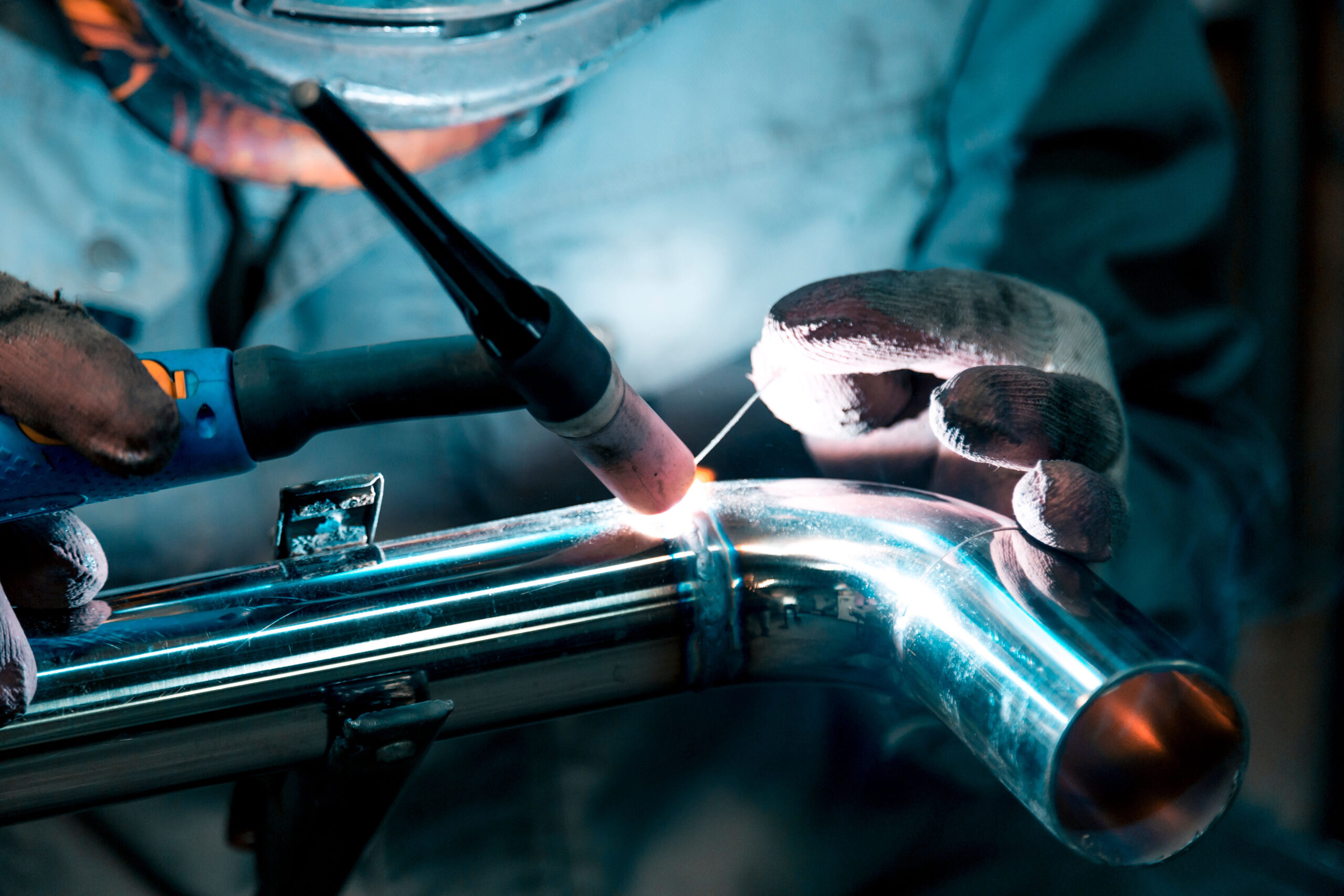The Ultimate Overview to Welding WPS Procedures: A Detailed Overview for Welders
In the intricate world of welding, Welding Treatment Requirements (WPS) act as the backbone of making sure high quality, consistency, and security in welding procedures. Understanding the nuances of developing, executing, and monitoring WPS procedures is essential for welders looking to boost their craft and meet sector criteria. As we delve into the different parts of a WPS and discover the ins and outs of qualification and accreditation, we will reveal the crucial duty these procedures play in the world of welding. Let's start a journey to unravel the intricacies and relevance of WPS treatments in welding techniques.
Relevance of WPS Procedures
Recognizing the importance of Welding Procedure Specifications (WPS) treatments is crucial for ensuring the top quality and honesty of welded frameworks. WPS procedures act as a roadmap for welders, outlining the necessary steps, parameters, and materials required to attain a sound weld. By sticking to WPS guidelines, welders can ensure uniformity in their work, resulting in structurally sound and trusted welds.
One of the main factors why WPS procedures are important is their role in preserving weld quality and integrity. Adhering to the specified welding parameters and strategies described in the WPS assists prevent defects such as porosity, fracturing, or insufficient blend, which can jeopardize the strength and resilience of the weld.

Parts of a WPS
A Welding Procedure Requirements (WPS) typically makes up important components that detail the specific demands for performing a weld, guaranteeing consistency and top quality in the welding procedure. The crucial parts of a WPS include essential variables such as base steels, filler metals, interpass and preheat temperatures, welding processes, securing gases, welding placements, and post-weld warmth treatment demands.
Base metals describe the products being joined, while filler metals are utilized to fill the void between the base metals throughout welding. Preheat and interpass temperature levels are vital for controlling the warmth input and preventing concerns like cracking or distortion. The welding procedure lays out the particular method to be utilized, whether it's gas metal arc welding (GMAW), secured steel arc welding (SMAW), or an additional technique. Protecting gases safeguard the weld pool from climatic contamination. Welding positions specify the alignments in which welding can be done. Post-weld warmth therapy might be essential to alleviate stress and anxieties and boost the weld's buildings. A comprehensive understanding of these components is important for developing a detailed and reliable WPS.

Credentials and Certification
Having actually developed the necessary parts of a Welding Procedure Specification (WPS), the focus now moves towards the essential elements of credentials and certification in welding techniques.

Accreditation, on the various other hand, is the official acknowledgment of a welder's qualifications by a relevant qualification body or company. Welding qualifications are normally based upon the specific welding processes, products, and positions a welder is qualified to collaborate with. Holding a valid welding certification shows that a welder satisfies industry criteria and is skilled to carry out welding jobs to the needed requirements.
Producing a WPS
To establish a Welding Treatment Requirements (WPS) that fulfills market criteria, cautious factor to consider of welding processes, materials, and functional criteria is crucial (welding WPS). The very first step in producing a WPS is to identify the welding procedure to be made use of, such as gas steel arc welding (GMAW) or protected steel arc welding (SMAW) Once the welding procedure is identified, the next crucial aspect is picking the proper materials, thinking about factors like base steel type, thickness, and joint layout. Operational parameters such as welding present, voltage, travel rate, and protecting gas structure must also be thoroughly defined in the WPS.

Carrying Out and Keeping Track Of WPS
Upon finalizing the extensive Welding Treatment Requirements (WPS) that diligently information welding procedures, materials, functional parameters, and quality control measures, the focus moves to successfully executing and monitoring the recognized procedures. Application entails guaranteeing that all welders included in the job are acquainted with the WPS and follow it thoroughly throughout the welding procedure. This needs providing appropriate training and supervision to guarantee adherence to the specified treatments. Checking the WPS entails constant oversight to confirm that welding tasks align with the recorded specifications. Assessments, testing, and top quality control procedures are important parts of the surveillance procedure to identify any type of concerns or deviations promptly. Routine audits and our website evaluations of the welding procedures help in keeping uniformity and top quality throughout the task. Reliable application and monitoring of the WPS are vital for ensuring the integrity, toughness, and security of the bonded joints, eventually contributing to the overall success of the welding project.
Conclusion
In conclusion, understanding and adhering to Welding Procedure Specifications (WPS) is essential for welders to make certain high quality, consistency, and safety and security in their job. By recognizing the elements visit here of a WPS, getting proper certifications and certifications, developing comprehensive treatments, and implementing and checking them effectively, welders can improve their abilities and proficiency in welding techniques. Sticking to WPS treatments is essential for generating high-grade welds and conference industry standards.
In the detailed world of welding, Welding Treatment Requirements (WPS) offer as the foundation of guaranteeing quality, uniformity, and safety in welding operations. The welding procedure details the certain strategy to be used, whether it's gas steel arc welding (GMAW), secured steel arc welding (SMAW), or another approach.To establish a Welding Treatment Spec (WPS) that satisfies sector criteria, mindful factor to consider of welding processes, materials, and functional parameters is necessary. The initial action in producing a WPS is to determine the welding procedure to be utilized, such as gas metal arc welding (GMAW) or secured steel arc welding (SMAW)Upon settling the extensive Welding Procedure Spec (WPS) that thoroughly details welding processes, materials, functional specifications, and high quality assurance steps, the emphasis changes to successfully implementing useful source and monitoring the established treatments.
Comments on “Why a Welding WPS is Crucial: Enhancing Uniformity and Compliance”